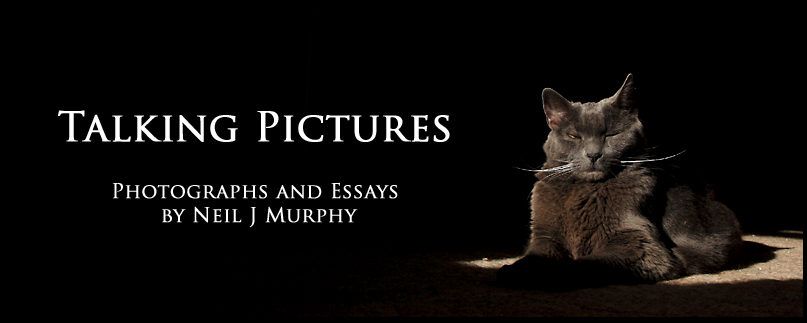 | ||
| October 1985 |
I always liked this picture for the two-tone effect of the almost-silhouetted foreground and background and the way the midtone grays give a sense of distance to the buildings. If the buildings were as dark as the trees they'd seem as if they were both on the same plane. As it is, they're actually on three different planes.
The foreground trees are in Central Park, somewhere around the Wollman Rink. The Essex House and its neighbor to the east, the twin-chimenied Hampshire House, have been side-by side on Central Park South (W. 59th Street) since the early 1930's. Looming behind them (and two blocks south, on West 57th, forming the third plane) is the northeast face of the 78 story Metropolitan Tower, a triangular residential building which had just topped out around the time of this photo, and would be completed two years later.
I had wanted to use this picture back in 2007 for my other website, Images of the Lost City, but was frustrated by my inability to find its location in the park: after twenty-two years the trees had grown to the point where nothing was visible. It would have been an interesting sight, too, since almost as soon as this building opened, another, taller building (though with 14 fewer stories, curiously), the Carnegie Hall Tower was constructed a mere thirty feet to the west. The six-story Russian Tea Room stands between them.
.


